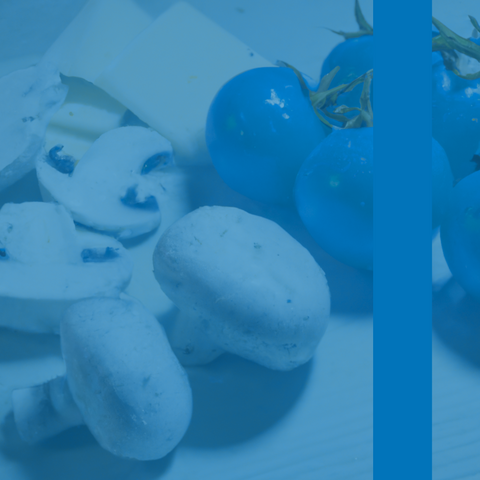
Glutamate is a naturally occurring amino acid that plays a crucial role in brain function and overall health. As one of the most abundant neurotransmitters in the brain, it is involved in various physiological processes, including learning, memory, and cognition.
In this article, we will explore what glutamate is, how it is made, its dietary sources, its function in the brain, and how it is converted into gamma-aminobutyric acid (GABA). We will also discuss the symptoms of glutamate overload, such as those caused by monosodium glutamate (MSG)--headaches, anyone?!?
What is Glutamate?
Glutamate, also known as L-glutamic acid, is a non-essential amino acid that is naturally present in our bodies. It is involved in various biological functions, including protein synthesis, energy production, and neurotransmission.
Glutamate is an excitatory neurotransmitter, meaning that it stimulates nerve cells to send signals to other cells in the brain and body. It is often referred to as the brain's master neurotransmitter because it is THE major excitatory neurotransmitter in the brain. It is hugely important in memory, cognition, mood regulation.
How is Glutamate Made?
Glutamate can be synthesized in the body through a process called transamination, where certain amino acids are converted into glutamate. The primary amino acid involved in this process is alpha-ketoglutarate, which is derived from the metabolism of carbohydrates, proteins, and fat, and glutamine found in meat, dairy, leafy vegetables, and other foods. Additionally, glutamate can also be obtained from dietary sources and
Sources of Glutamate in the Diet
Glutamate is naturally present in various foods, both in free form and as a component of proteins. Foods rich in glutamate include meat, fish, poultry, dairy products, and certain vegetables, such as tomatoes and mushrooms. Additionally, glutamate is also found in fermented foods, such as soy sauce and aged cheeses.
How Glutamate Works in the Brain
Glutamate binds to specific receptors in the brain, known as NMDA receptors and AMPA receptors, which are involved in synaptic plasticity, a process essential for learning and memory formation.
Conversion of Glutamate into GABA
Glutamate can be converted into GABA, another important neurotransmitter in the brain. This conversion is catalyzed by an enzyme called glutamate decarboxylase and requires magnesium and vitamin B6. GABA has inhibitory effects on the nervous system, counteracting the excitatory effects of glutamate. The balance between glutamate and GABA is crucial for maintaining optimal brain function and preventing neurological disorders.
If you want to increase your GABA intake or production, consider trying Tro Calm or Tro Zzz, our precision-dosed, pharmaceutical-grade, and physician-formulated buccal troches with ingredients that directly or indirectly modulate the brain's GABAergic system.
You may also consider getting your magnesium and B6 levels checked to ensure you have adequate stores of both to convert glutamate to GABA. Check out HOMeHOPe for a clinician trained in optimizing metabolism using the science of metabolomics.
Symptoms of Glutamate Overload
Excessive intake of glutamate, particularly in the form of MSG, has been associated with various symptoms, commonly known as "Chinese Restaurant Syndrome." These symptoms may include headache, flushing, sweating, nausea, and dizziness.
However, it is important to note that these symptoms are relatively rare and usually occur in individuals who are sensitive to high levels of glutamate or have a hard time converting glutamate to GABA.
Conclusion
Understanding the role of glutamate in brain function and health is essential for maintaining optimal cognitive function and overall well-being. By consuming a balanced diet and being mindful of glutamate intake, individuals can support their brain health and minimize the risk of glutamate-related symptoms.
References
- Fernstrom, J. D. (2013). Dietary amino acids and brain function. The Journal of Nutrition, 143(6), 1840S-1845S.
- Yoneda, Y., & Mori, M. (2018). Biochemical aspects of glutamate–GABA–glutamine cycling in the brain. Neurochemistry International, 115, 1-5.
- Obayashi, Y., & Nagamura, Y. (2019). Glutamate and GABA-metabolizing enzymes in post-mortem cerebellum in Alzheimer's disease: phosphate-activated glutaminase and glutamic acid decarboxylase. Neuropathology, 39(6), 427-434.





Comments (0)
There are no comments for this article. Be the first one to leave a message!